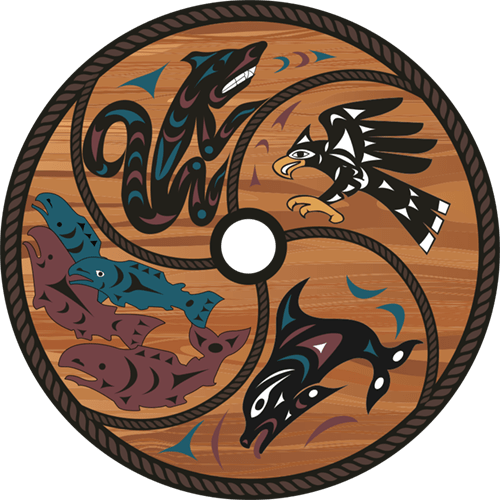The Coastal Douglas-fir Conservation Partnership (CDFCP) is running a webinar series through February on the topic of Carbon sequestration for Indigenous groups. Carbon offsetting is a topic the WLC is actively exploring for its innovative approach to conservation and revenue generation for Indigenous groups.
Learn more below.
To register, please email info@cdfcp.ca
Webinar 1: Nisqually Community Forest Improved Forest Management, Watershed Protection and Carbon Offsetting
Tuesday 1st February @ 10-11.30am.
Kirk Hanson and Joe Kane will talk about how a diverse range of stakeholders came together to form the Nisqually Community Forest with the objective of managing the forest so that it improves and protects fish and wildlife habitat, promotes local jobs through sustainable timber management, and provides recreational and educational opportunities. Carbon offsetting is one tool used by the Community Forest to generate income and Joe will talk about lessons they have learnt. Bluesource supported the Community Forest with offsetting and Martin Baker will provide context as to how similar projects could be delivered in Canada.
Webinar 2: Great Bear Rainforest and Haida Gwaii Coast Funds and Great Bear Forest Carbon Project
Tuesday 8th February @ 10-11.30am
Brodie Guy will talk about Coast Funds which are dedicated to empowering First Nations in the Great Bear Rainforest and Haida Gwaii to achieve healthy and vibrant economies and communities in tandem with the conservation of their homelands for the benefit of future generations. Brodie will explain their model and will provide examples of how the fund has supported the community and protected the natural environment. In 2009, Coastal First Nations and the Province of British Columbia agreed to one of the largest carbon offset projects in existence. The Atmospheric Benefit Sharing Agreements give First Nations on the coast the ownership and right to sell carbon offsets in our Territories. Paul Kariya will introduce us to this innovative project which enables improved forestry practice, protects biodiversity and the environment, and generates revenue for economic self-sufficiency.






